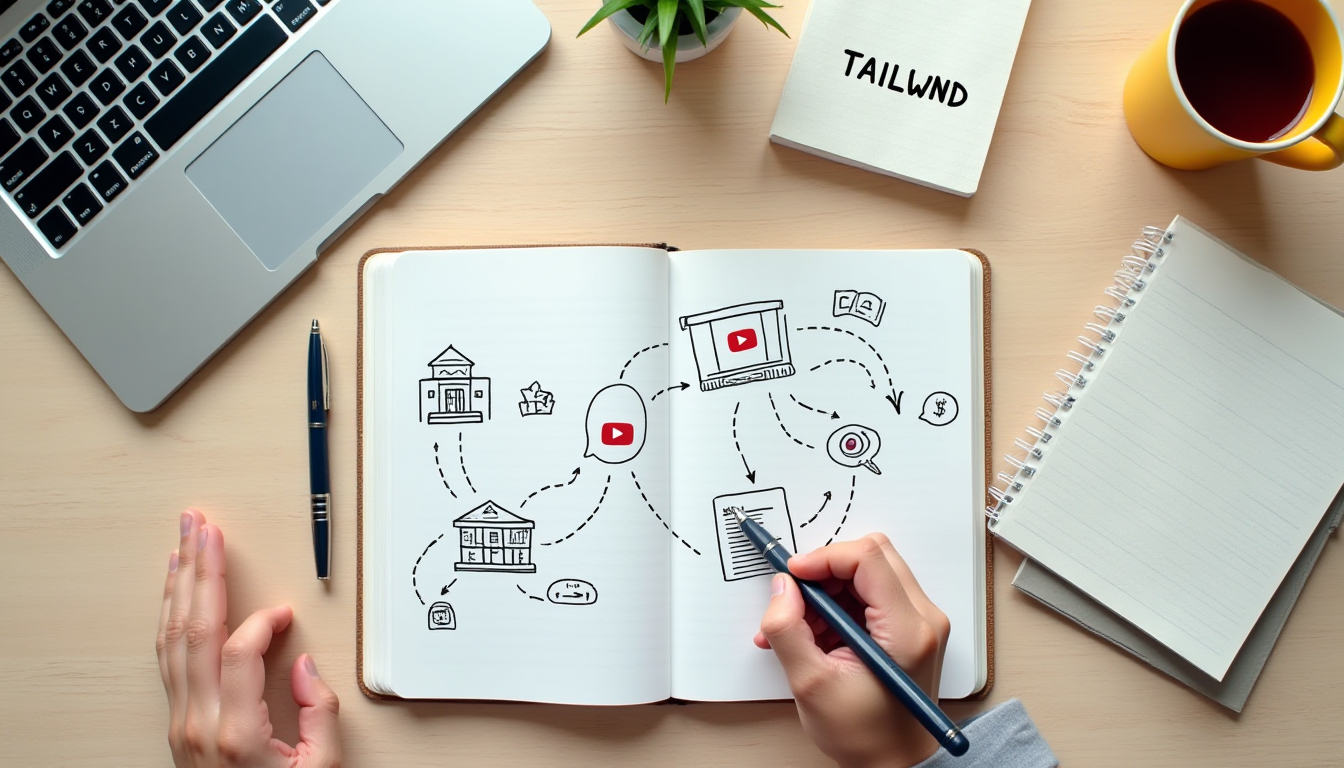The Science of Smarter Learning: Unlock Your Brain’s Potential

Welcome to Tailwnd’s guide to learning smarter, not harder. Dive into the fascinating world of Learning Science and discover how your brain can master new skills with ease.
What’s Learning Science All About?
Learning Science is like a treasure map for how we absorb and retain knowledge. It blends insights from psychology, neuroscience, and education to uncover what makes learning stick. Whether you’re a student cramming for exams, a professional picking up a new skill, or a curious mind exploring a hobby, Learning Science offers tools to make the journey easier and more effective.
How Your Brain Builds Knowledge
Picture your brain as a bustling city of neurons—tiny messengers zipping information around. When you learn something new, like a guitar chord or a Spanish phrase, neurons form connections, creating a pathway. Revisit that chord or phrase, and the pathway strengthens, like paving a dirt road into a highway. That’s why practicing a little every day trumps cramming the night before a big test.
The Forgetting Curve: Why We Lose What We Learn
Ever wonder why you forget half of what you studied? Enter the forgetting curve, a concept showing that memory fades fast without review. Within a week, you might lose 70% of new info unless you revisit it. The fix? Spaced repetition. Instead of rereading notes in one go, review them at increasing intervals—say, a day later, then three days, then a week. Apps like Anki or Quizlet can help you nail this technique.
Supercharge Your Learning with These Tricks
Learning Science isn’t just about understanding the brain—it’s about hacking it. Try these proven strategies:
- Active Recall: Test yourself without peeking at the answers. For example, after reading a chapter, close the book and jot down key points. It’s like a workout for your memory.
- Elaboration: Dig deeper by asking “why” or “how.” If you’re learning about gravity, connect it to real life—why does a basketball arc when you shoot it?
- Dual Coding: Combine words and visuals. Sketch a diagram of a concept or watch a YouTube explainer alongside your notes. Your brain loves this double-team approach.
No Two Brains Are Alike
Ever notice how some people ace visual lessons while others thrive on hands-on tasks? Learning Science celebrates these differences. For instance, if you’re a visual learner, mind maps might be your jam. If you learn by doing, try experiments or role-playing. The key is experimenting with methods and giving yourself time to reflect. At Tailwnd, we believe learning isn’t about memorizing facts—it’s about sparking understanding that lasts.
Emotions and Environment: The Hidden Players
Your mood and surroundings shape how well you learn. A noisy café might distract you, while a cozy nook with soft music could boost focus. Stress is a memory killer, but curiosity and excitement? They’re like rocket fuel. That’s why gamifying study sessions (think Kahoot quizzes) or tackling topics you’re passionate about can transform your learning game. Create a space that feels safe and inspiring, and watch your brain thrive.
The Future of Learning Is Bright
From brain-scanning tech to AI-driven apps, Learning Science is evolving fast. Imagine virtual reality classrooms that adapt to your learning style or apps that predict when you’re about to forget a concept. At Tailwnd, we’re excited to explore how these innovations can make learning more joyful and effective for everyone.
Your Turn to Learn Smarter
Ready to unlock your brain’s potential? Pick one strategy from this article—like active recall or spaced repetition—and try it this week. Share your experience in the comments below or tweet us at @TailwndAI. Let’s make learning an adventure together!





